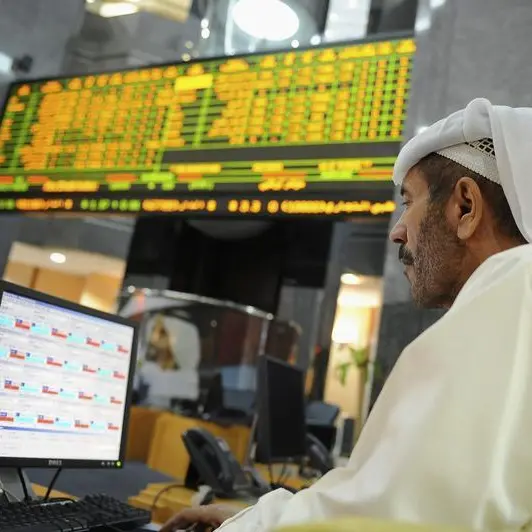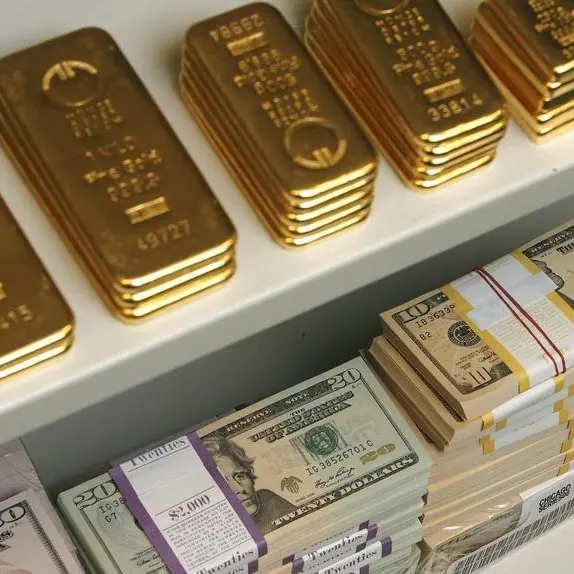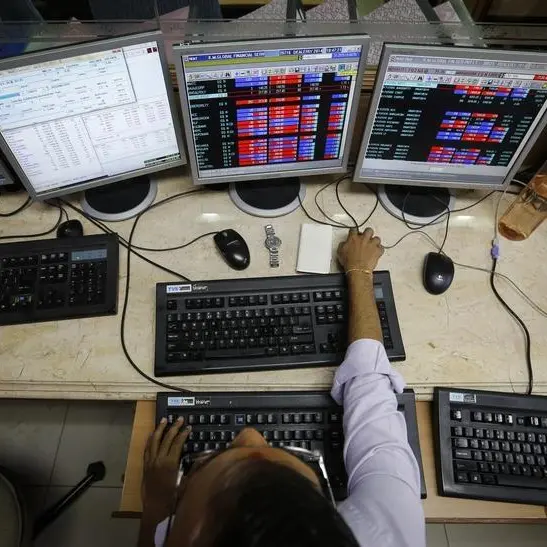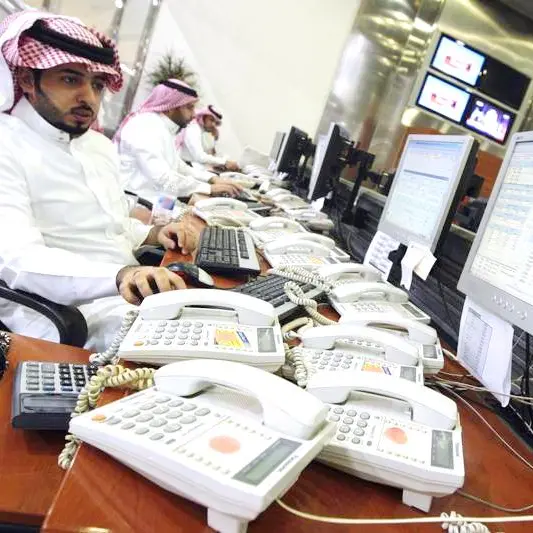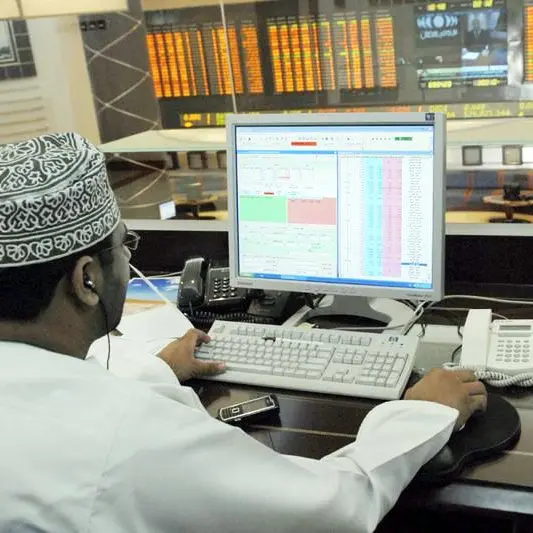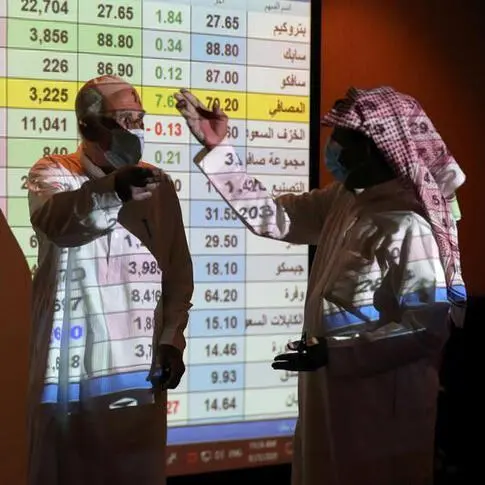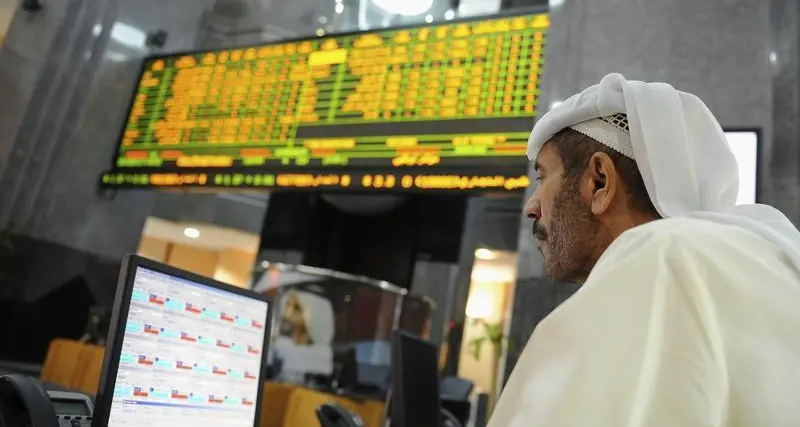PHOTO
LONDON - Saudi Arabia is in no rush to increase oil production and exports, fearing that additional supply would risk a renewed build up of stockpiles and push prices lower.
“Our preference is to maintain production management to keep inventories on their way declining gradually, softly, but certainly towards normal levels”, the kingdom’s oil minister said on Monday.
Saudi policymakers are trying to balance the diplomatic imperative of maintaining good relations with the White House while keeping export revenues at an adequate level to support their own budget.
The kingdom’s relationship with Washington has become more important than ever as Riyadh pursues domestic economic reforms while confronting its external enemy Iran.
Senior policymakers have reached an understanding with the White House to ensure the oil market remains well supplied in exchange for political and military protection and tough sanctions on Iran.
However, from a financial perspective, the kingdom has no incentive to further increase production and exports unless prices rise, signalling the market is short of physical crude.
EXPORT EARNINGS
OPEC output agreements are specified in terms of domestic production but what matters for global supply and prices is the level of exports.
Oil supplies have fallen since last year mostly as a result of unplanned interruptions in Venezuelan and Iranian shipments, rather than planned reductions from Saudi Arabia and other countries in the OPEC+ group.
Saudi Arabia's crude exports during the first quarter were down by less than 1% compared with the same period in 2018, and just 2.5% below the average since the start of 2011, according to official data submitted to the Joint Organisations Data Initiative (JODI).
However, export earnings were down approximately 7% from a year earlier, mostly because of very weak January and February average Brent crude prices, the international marker.
Revenues were running at roughly $480 million per day by March, essentially the same as a year earlier but down from a recent high of more than $600 million in October and still only a little over half what they were before oil prices slumped in 2014.
From a revenue-maximisation perspective, it only makes sense to increase exports if there is a clear supply gap in the market to limit the impact on oil prices.
UNCERTAIN OUTLOOK
For the time being, Saudi policymakers and crude marketers cannot be certain there will be a supply shortfall in the second half of the year.
U.S. sanctions on Iran and Venezuela, Russian pipeline problems and the threat of another interruption to Libya’s exports have all tightened the market.
And it is set to tighten even further as U.S. refineries ramp up crude processing to meet increased demand during the summer driving season and in preparation for new IMO fuel rules from January.
But global economic growth is decelerating and freight movements are falling, which could herald a slowdown in oil consumption growth later in the year.
With futures prices in the biggest backwardation since 2014 and spot prices still well below last year’s highs, traders appear to expect any supply tightness to be relatively short-lived.
Saudi oil exports will stay under 7 million barrels per day in June, a Gulf source familiar with the kingdom’s plans told Reuters earlier this month.
Beyond that, it might take a chance on boosting exports by 100,000-300,000 barrels per day once the current OPEC+ supply agreement ends, but any larger increase would risk over-supplying the market again, cutting rather than increasing revenues.
The kingdom’s primary objective now is to convince its OPEC+ allies, specifically Russia, not to increase exports either.
In the meantime, the diplomatic challenge is to keep the White House onside even if spot prices rise.
(John Kemp is a Reuters market analyst. The views expressed are his own)
(Editing by Kirsten Donovan) ((john.kemp@thomsonreuters.com and on twitter @JKempEnergy))

